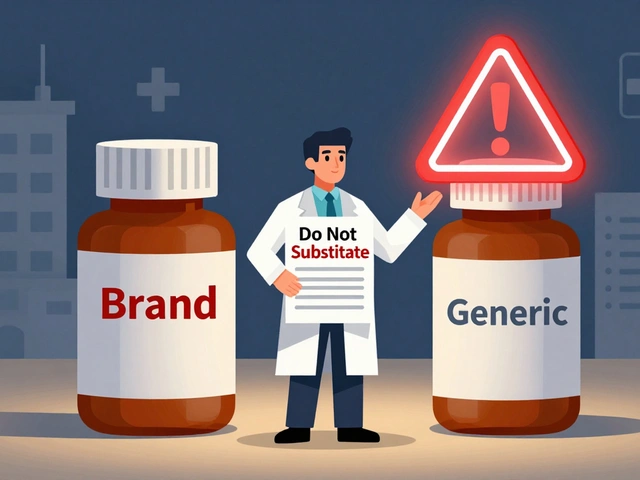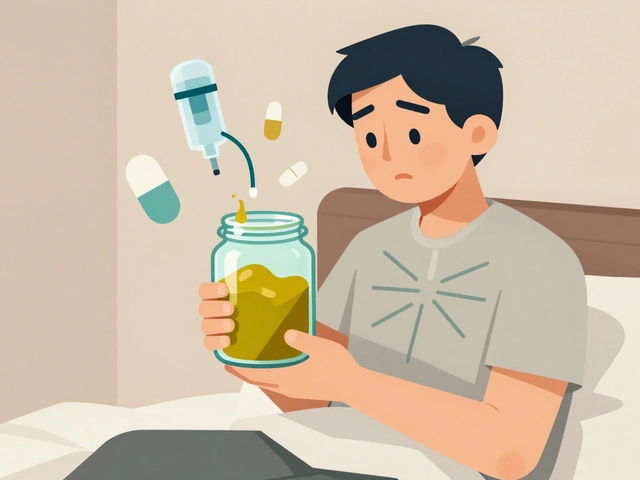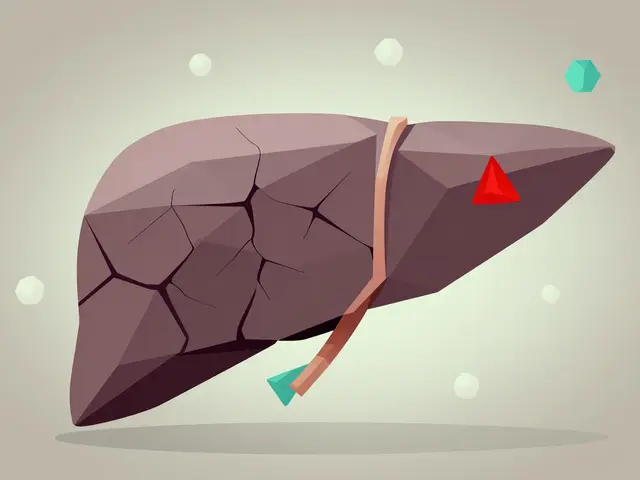Thyroid treatment: what works, what to watch, and simple daily habits
If your thyroid is off, you want clear steps—not confusion. This page sums up the common treatment paths for low and high thyroid function, explains basic testing and monitoring, and gives practical tips you can use right away. No fluff, just what helps people feel better and stay safe.
Quick checklist: tests and goals
Start with the right labs: TSH and free T4 are core. If autoimmune disease is suspected, add thyroid peroxidase (TPO) antibodies. For diagnosed patients, the goal is a stable TSH in the range your clinician targets (that target can change if you’re pregnant or elderly). Expect labs about 6–8 weeks after a medication change, then every few months until stable.
Treatment options by condition
For hypothyroidism (low thyroid function) the most common and effective treatment is levothyroxine. It replaces the missing hormone and usually improves fatigue, cold sensitivity, and sluggishness. Take it on an empty stomach, 30–60 minutes before breakfast, and keep calcium, iron, and some antacids at least four hours away—those lower absorption.
Some people need liothyronine (T3) or a combination of T4/T3 when symptoms persist despite normal labs. That’s a nuance to discuss with your prescriber; it’s not a DIY change.
For hyperthyroidism (overactive thyroid) common medical options include methimazole or propylthiouracil (PTU). Radioactive iodine and surgery are other routes when medications aren’t enough or aren’t appropriate. Each option has trade-offs—meds can take months to control symptoms, radioactive iodine often leads to permanent hypothyroidism, and surgery carries typical surgical risks.
If autoimmune thyroid disease is the cause (Hashimoto’s or Graves’), treatment focuses on hormone balance and monitoring. Autoimmune activity may affect dosing and follow-up frequency.
Pregnancy changes everything: targets and dosing differ because the baby needs thyroid hormone too. If you’re pregnant or planning pregnancy, get labs and care early.
Watch for drug interactions. Common culprits are iron supplements, calcium, proton pump inhibitors, and some cholesterol-lowering or psychiatric meds. If you start a new drug, tell your provider so they can recheck your thyroid numbers if needed.
Supplements: iodine and selenium get attention, but don’t start iodine supplements without testing—too much can make thyroid problems worse. Selenium may help in specific autoimmune cases but talk it over with your clinician.
Daily habits that help: stick to med timing, use a single pharmacy for refills, track symptoms in a simple notebook or app, and keep follow-up lab dates. Small things—timing, consistent brands, and regular labs—cut down on swings and extra appointments.
Need help finding medication options, savings tips, or telemedicine follow-up? AllGenericMedicine has guides and resources on online pharmacies, prescription discounts, and safe ordering to make treatment easier and more affordable.
If symptoms change suddenly—rapid heartbeat, severe weight loss, fainting, extreme fatigue, or signs of myxedema—seek care right away. Otherwise, steady monitoring and following the plan your clinician sets will keep most people stable and feeling better.
Levothyroxine is widely known for its role in treating Hashimoto's Disease, an autoimmune disorder affecting the thyroid. This medication helps regulate hormone levels and alleviate symptoms like fatigue and weight gain. Understanding the function and benefits of levothyroxine can significantly impact management for those with Hashimoto's. It's crucial to explore dosage strategies and potential side effects for optimal results. Dive into the practical uses and insights about levothyroxine to better navigate this thyroid condition.
Continue reading...






